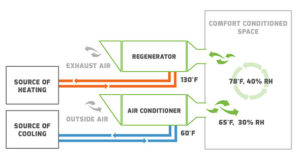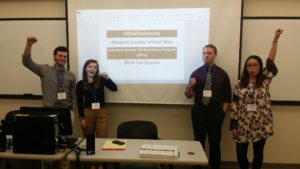The IRC is chockfull of legislative provisions meant, among other things, to encourage private investment through tax shelters which are usually based on: a) deferring tax liability, b) converting ordinary income into capital gains, or c) leveraging.
Offsetting losses in the horse business against other taxable income defers tax liability and is effectively an interest-free loan from the government which becomes due only when the investment starts to generate profits, is sold, or is otherwise disposed of.
It’s no surprise then that while Congress provides tax incentives for certain economic activities, it also looks to shut down abusive taxpayers, and in 1986 Congress enacted § 469 – the passive loss rule – which limits the extent to which losses in passive business activities can be used to offset income from other non-passive sources.
Section 469 is the second most popular IRS tool used against those in the horse business, after section 183, and generally defines passive businesses as any trade or business or income-producing “activity” in which the taxpayer does not “materially participate.” Therefore, the key issues under §469 are:
- What counts as an activity?
- How is material participation measured?
Treasury Reg. §1.469-4 generally defines an activity as involving the conduct of, or in, the anticipation of a trade or business; however, “activity” does not necessarily mean a single business or separate entity owned by the taxpayer. Depending on the “grouping decision” the taxpayer makes, a taxpayer can treat several business entities as one single “activity” if they form an “appropriate economic unit”. Or, there could be two or more “distinct activities” within a single entity. Defining an “activity” is key under §469 because it is that entity against which material participation is measured. Treasury Reg. §1.469-1 provides that grouping is determined taking all the facts and circumstances into consideration.
Treas. Reg. § 1.469-5T generally defines methods for determining material participation; however, of those seven, those in the horse business predominately use:
- 500 hour test, where spouses times are included, but time from any children are excluded
- The facts and circumstances test
Ultimately, it’s the taxpayer and their advisors who must marshal documentation by any reasonable means to meet these tests.









